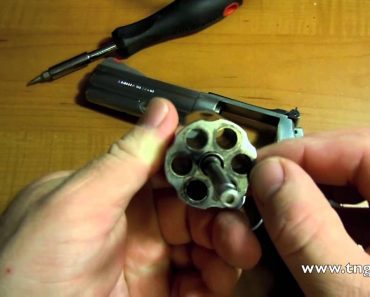In previous articles we talked about the importance of bolt gap on delayed roller blowback rifles like the CETME or the HK G3s. We even touched on how to increase bolt gap by adding oversized rollers to correct wear of internal parts. What we did not do is give instructions for replacing the rollers. […]
Category: Gunsmithing | Cleaning
How to Measure CETME Bolt Gap
First off let me say, I am not a gunsmith. I am even less an expert on delayed roller blowback (DRB) rifles like the CETME or an HK 93. However, let me say that this post from military firearms.com does an OUTSTANDING job of describing what is going on inside your rifle. If you’re […]
How to Easily Remove Carbon From a Revolver Cylinder
Do you want to know how to easily remove carbon from a revolver cylinder? It is easy. Remove the cylinder from the revolver first. I really love shooting revolvers. (I love shooting double action so much I modified my Glock 17 to have a trigger that is more like a double action revolver.) However, […]
How to Field Strip a CETME Rifle
Today’s post is to show you how to go about CETME Field Stripping. As with all gunsmithing, remove all ammunition in the room while you work on your CETME. I know you are an adult, and smart enough not to accidentally load and fire your gun negligently. However, but so were thousands of other folks […]
How to Install a Sling Swivel on a M6 Scout
One of the first guns I ever bought for myself was a Springfield Armory M6 scout rifle. Like almost all owners of the M6 scout, I really like the concept, but I find it needs a sling swivel to really fit my needs. What is the M6 Scout For the uninitiated, the M6 scout […]





